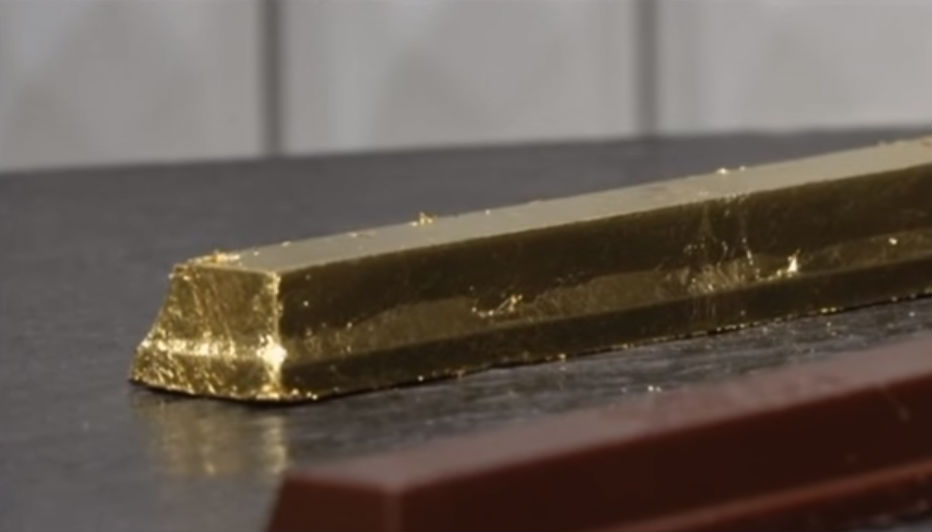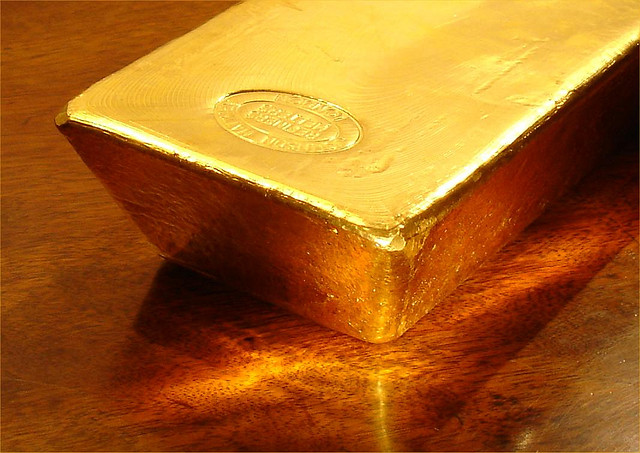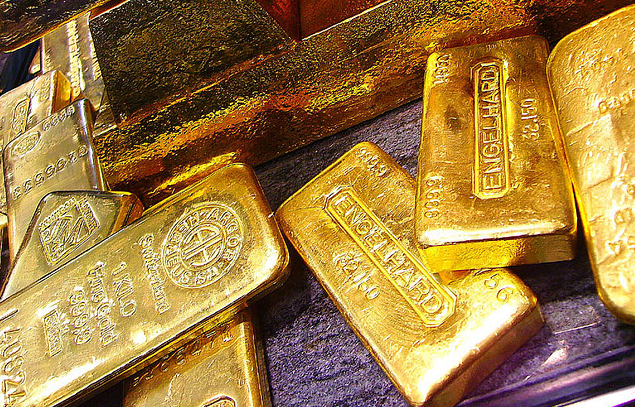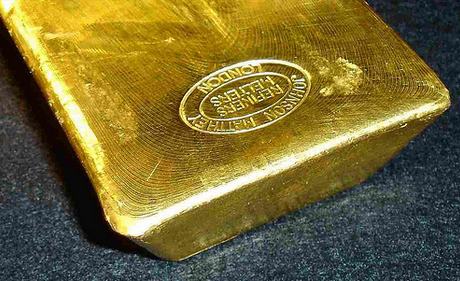Nyheter
David Hargreaves on The Gold Price and the Numbers Game
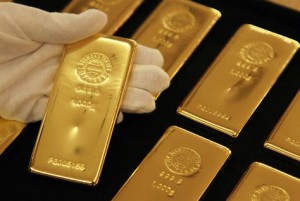 As we noted last week, the platinum market has become a parochial affair, centred on major producer South Africa with its surplus capacity, inter-union rivalries and escalating costs. Silver has become a lapdog which as ever, leaves gold as the pack leader. It has taken to registering daily swings of up to $50/oz which, against medium line of $1600, is a touch over 3%. Nice if you can get your timing right and we are tempted to think much of this trade is computer driven. It gives the perennial bulls a headache. At every bounce they warn us this is the start of the big push. Every fall is more consolidation.
As we noted last week, the platinum market has become a parochial affair, centred on major producer South Africa with its surplus capacity, inter-union rivalries and escalating costs. Silver has become a lapdog which as ever, leaves gold as the pack leader. It has taken to registering daily swings of up to $50/oz which, against medium line of $1600, is a touch over 3%. Nice if you can get your timing right and we are tempted to think much of this trade is computer driven. It gives the perennial bulls a headache. At every bounce they warn us this is the start of the big push. Every fall is more consolidation.
Where lies reality? Facts:
- The average annual gold price has not fallen since 2001.
- Its average increase, year-on-year, has been 16% but is on an accelerating trend.
- The 5-year average has increased similarly, at 14%, also with a rigid acceleration since 2006.
- If the 5-year average continues to escalate at the recent rate of 20%, this would yield an average by 3016 of $2745/oz.
- Yet if we took the annual average increase of 16% since 2001, by 2016 gold should be $3087/oz.
That of course is how computers think. You cannot really programme them to factor in Libya, Syria, Iran or the Chinese economy. If they continue to be geared to short term trading, the rises will be much less spectacular, as we are presently seeing.
What of Central Bank Buying? We are tempted to say ‘what of it?’ Its only purpose can surely be if gold is to be remonetised. As we have demonstrated often, that would require a gold price north of $20,000/oz, simply to satisfy ongoing trade, as expressed by GDP. More likely would be a 15-20% gold backing for an exchangeable currency. On a straight GDP basis we find:
The ratio of gold holdings to GDP is only one measure. Perhaps, in terms of currency value, external indebtedness is an equally relevant marker.
None of this translates into a drive for a gold standard, not even a partial one. We are left to ponder whether the impetus behind continued gold price rises will be left to private citizens, or governments. If it is to be the latter, a much higher metal price would have to be achieved since the supply is not there.
China’s Gold Demand: Don’t believe most of what you see, let alone what you hear. A bit late, but reported is China in April purchasing 100 tons of gold from Hong Kong. This complements 135 tons bought in Q1. The rumour mill asks if it could be Central Bank buying. So if it is? China has a long way to go before its 1054 tons officially held approaches that of the larger holders and signals a move towards its being meaningful. But any additions to PBOC holdings would create an upward knee jerk on the gold price. Newcrest, the world’s No 6 gold miner at 74 tons, is expanding operations at its Bonkro Gold Mine in the Ivory Coast looking to triple output from 4 to 12 tonnes by 2017. The little West African state needs all the help it can get. Gold it its lifeline and it hopes the current 7tpy will become 13 tons by 2013.
Standard Bank a Wee Bit Bearish on Gold. The close-to-the-action bank senses physical demand is weakening and could do more so above $1700 compared with a recent $1600-ish. It looks for it to be better beyond Q3 2012.
Silver in Decline? An in-depth article in the CPM Group Silver Yearbook, 2012 (May) thinks the price of silver will decline over the next couple of years but still remain above $20/oz. This needs to be put in an historic perspective. The silver price had a respectable relationship to gold over the years of 25:35 to 1.0. but stretched out to almost 60:10 when gold propelled itself towards $2000/oz. Then it reasserted itself to about 25:1.0 in a bubble or short duration. Now it thinks 50-60:1.0 is ok again. There is no shortage of either surface supplies or new production of the metal which is used almost 90% industrially and has a high scrap recovery percentage. Geographically, production is spread across 10 major countries of which the largest is Mexico with 17.5% world total. By company control, nobody has over 7%. Its periodic price spikes are mostly contrived.
Americans buy on dips. Sales of US gold eagle bullion coins rose 158%, May over April 2012 and silver eagles 89% in the same period. The metal prices softened too. But year-on-year sales of the gold coins were down 46.7% on May 2011. The dollar has firmed.
[hr]
About David Hargreaves
David Hargreaves is a mining engineer with over forty years of senior experience in the industry. After qualifying in coal mining he worked in the iron ore mines of Quebec and Northwest Ontario before diversifying into other bulk minerals including bauxite. He was Head of Research for stockbrokers James Capel in London from 1974 to 1977 and voted Mining Analyst of the year on three successive occasions.
Since forming his own metals broking and research company in 1977, he has successfully promoted and been a director of several public companies. He currently writes “The Week in Mining”, an incisive review of world mining events, for stockbrokers WH Ireland. David’s research pays particular attention to steel via the iron ore and coal supply industries. He is a Chartered Mining Engineer, Fellow of the Geological Society and the Institute of Mining, Minerals and Materials, and a Member of the Royal Institution. His textbook, “The World Index of Resources and Population” accurately predicted the exponential rise in demand for steel industry products.
Nyheter
Guld nära 4000 USD och silver 50 USD, därför kan de fortsätta stiga
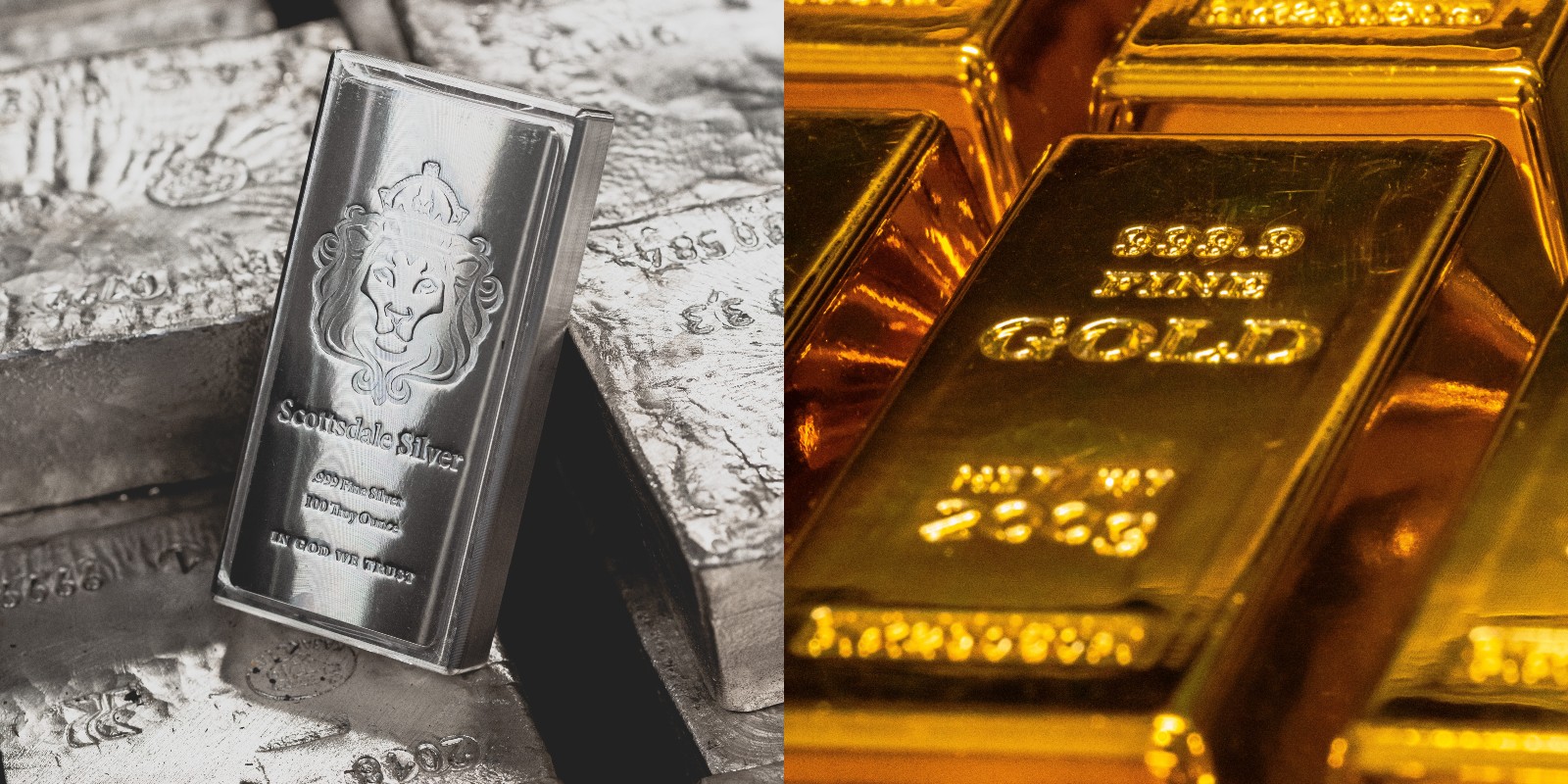
Jeffrey Christian på CPM Group gästar Monex för att prata guld och silver. Det framhålls att vi befinner oss i en tid av extrem osäkerhet, präglad av politiska, ekonomiska och sociala spänningar som bedöms vara mer oroande än under kriserna i slutet av 1970-talet. Detta har drivit investerare mot tryggare tillgångar som guld, silver och även platina.
Priserna på ädelmetaller ligger nu på rekordnivåer, med guld nära 3 900 dollar per uns och silver omkring 48 dollar. Analytiker menar att uppgången främst beror på oro för den globala utvecklingen snarare än tekniska prisnivåer. De bedömer att priserna kommer fortsätta stiga tills det sker en tydlig förbättring i det politiska och ekonomiska klimatet, något som inte förväntas inom den närmaste framtiden.
Samtidigt påpekas att guld och dollarn ibland kan stiga parallellt, vilket tidigare skett under perioder av stor osäkerhet. Den kommande osäkerheten kring ett möjligt amerikanskt regeringsstopp kan enligt bedömare förstärka trenden mot fortsatt stark efterfrågan på ädelmetaller.
Nyheter
Blykalla och amerikanska Oklo inleder ett samarbete
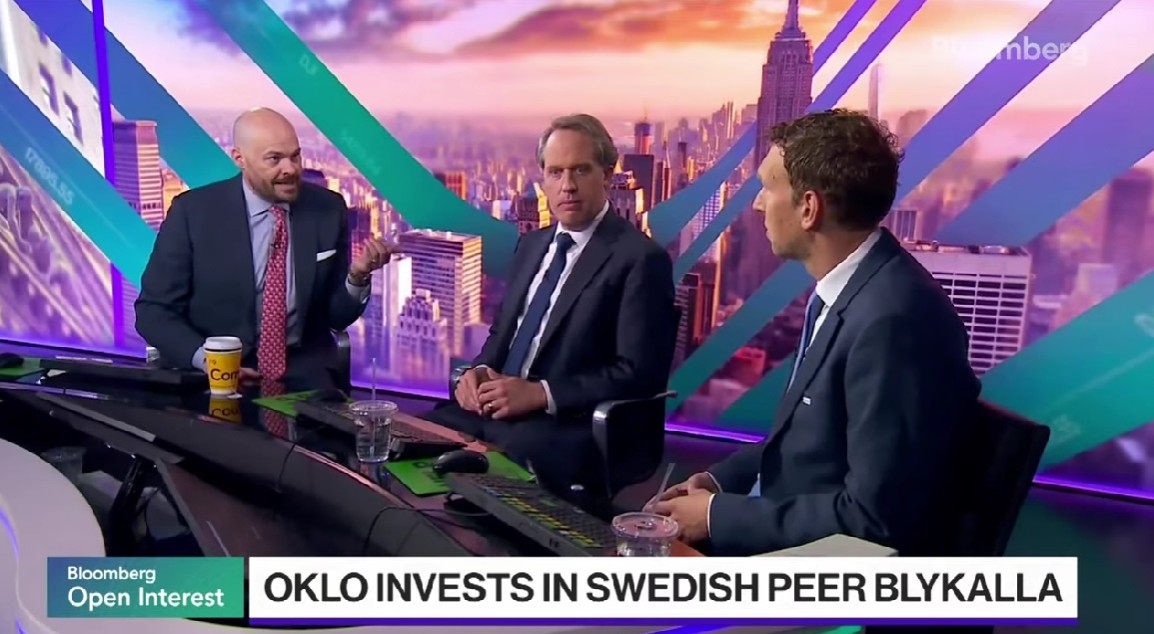
Kärnkraftsföretagen Oklo från USA och svenska Blykalla har ingått ett strategiskt partnerskap för att främja tekniksamarbete, samordna leverantörskedjor och dela regulatorisk kunskap mellan länderna. Samarbetet inkluderar att Oklo går in som en av de större investerarna i Blykallas kommande investeringsrunda med ett åtagande på cirka 5 miljoner dollar.
Genom ett gemensamt teknikutvecklingsavtal ska bolagen utbyta insikter om material, komponenter och licensieringspraxis i både USA och Sverige. Målet är att minska kostnader och tidsrisker i utvecklingen av små modulära reaktorer (SMR).
Blykalla utvecklar SEALER, en blykyld snabbreaktor på 55 MWe, medan Oklo fokuserar på natriumkylda reaktorer upp till 75 MWe för industriella och militära tillämpningar i USA.
“Det här samarbetet stärker det växande ekosystemet för avancerade reaktorer i en tid av globalt ökande energibehov,” säger Oklo-grundaren Jacob DeWitte. Blykallas vd Jacob Stedman tillägger: “Vår gemensamma industriella strategi kan hjälpa leverantörer att planera för uppskalning, oavsett vilken sida av Atlanten de befinner sig på.”
Intervju på Bloomberg om samarbetet
Nyheter
Fortsatt stabilt elpris – men dubbelt så dyrt som i fjol

Snittpriset på el för höstmånaderna september till november väntas landa på strax under 50 öre per kilowattimme. Det är nästan en fördubbling jämfört med hösten 2024, då snittet låg på drygt 30 öre. Men nivåerna är fortfarande betydligt lägre än under elpriskrisen 2022. Det visar elbolaget Bixias höstprognos.

Att elpriserna är högre än i fjol beror främst på lägre tillgänglighet i kärnkraften och en svagare hydrologisk balans efter en torr sommar. Även om hösten har börjat blött och september ser ut att bli den nederbördsrikaste månaden sedan 2018, räcker det inte till för att vända vattenbalansen.
– Höstens elpriser är stabila, men klart högre än i fjol. Det är framför allt osäkerheten kring kärnkraften som påverkar där Oskarshamn 3 har varit ur drift längre än planerat. Samtidigt har den hydrologiska balansen inte återhämtat sig efter sommarens underskott, trots den blöta inledningen på hösten. Men jämfört med krisåren 2021 och 2022 ligger priserna fortfarande på en låg nivå, säger Johan Sigvardsson, elprisanalytiker på Bixia.
I september bidrog bristen på kärnkraft till att elpriset nästan fördubblades jämfört med samma månad i fjol. Priset landade på cirka 40 öre per kilowattimme, att jämföra med 22 öre i september 2024. Flera reaktorer stod stilla, däribland Oskarshamn 3, Forsmark 1 samt Lovisa 1 och 2 i Finland. Trots mycket regn under månaden var vattennivåerna fortsatt låga efter den torra sommaren, medan blåsiga perioder tillfälligt pressade ner priserna.
I oktober väntas elpriset hamna runt 45 öre per kilowattimme, jämfört med 27 öre i fjol, och i november kring 60 öre, mot 43 öre förra året. Sammantaget ger det ett höstsnitt i system på knappt 50 öre, jämfört med drygt 30 öre samma period i fjol. Under krisåret 2022 låg snittet för höstmånaderna på över 1,15 kronor per kilowattimme, med perioder på upp mot 4 kronor.
Liten risk för höga höstpriser
Bixia bedömer att priserna kan komma att stiga tillfälligt om vädret blir kallare än normalt eller om kärnkraftsreaktorer får fortsatt försening i återstart. Om till exempel Oskarshamn 3, vars återstart redan skjutits på fem gånger, inte kommer igång enligt plan i mitten av oktober, finns risk att priserna ökar under andra halvan av månaden.
– Risken för pristoppar ökar ju längre in på säsongen vi kommer, eftersom förbrukningen stiger när temperaturen sjunker. Men väderprognoserna ser i nuläget gynnsamma ut, och även om det skulle bli kallare än väntat ser vi inte någon risk för extremt höga priser, säger Johan Sigvardsson.
Dyrare el i syd
Södra Sverige har betalat betydligt mer för elen än norra delarna. Priserna har legat på runt 15 öre per kWh i norr under september, medan syd haft priser på omkring 70 öre. En differentierad prisbild väntas även under resten av hösten, särskilt om kärnkraftsproduktionen i söder fortsätter att vara begränsad och det fortsätter att vara gott om vatten i norr.
-

 Nyheter4 veckor sedan
Nyheter4 veckor sedanEurobattery Minerals satsar på kritiska metaller för Europas självförsörjning
-

 Nyheter3 veckor sedan
Nyheter3 veckor sedanMahvie Minerals i en guldtrend
-

 Nyheter4 veckor sedan
Nyheter4 veckor sedanGuldpriset kan närma sig 5000 USD om centralbankens oberoende skadas
-
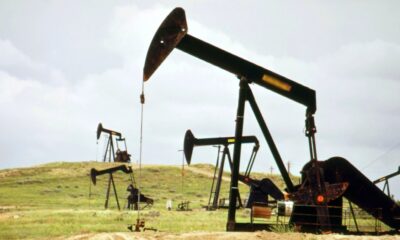
 Nyheter4 veckor sedan
Nyheter4 veckor sedanOPEC signalerar att de inte bryr sig om oljepriset faller kommande månader
-

 Analys3 veckor sedan
Analys3 veckor sedanVolatile but going nowhere. Brent crude circles USD 66 as market weighs surplus vs risk
-
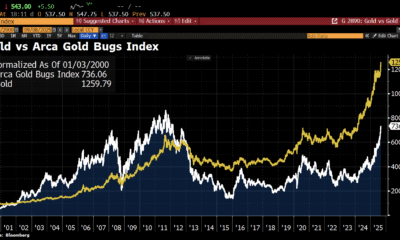
 Nyheter3 veckor sedan
Nyheter3 veckor sedanAktier i guldbolag laggar priset på guld
-

 Nyheter3 veckor sedan
Nyheter3 veckor sedanKinas elproduktion slog nytt rekord i augusti, vilket även kolkraft gjorde
-

 Nyheter2 veckor sedan
Nyheter2 veckor sedanTyskland har så höga elpriser att företag inte har råd att använda elektricitet








